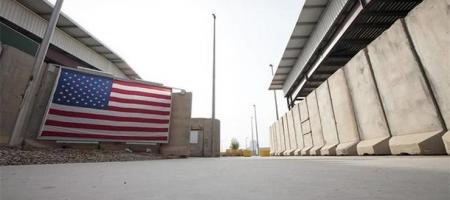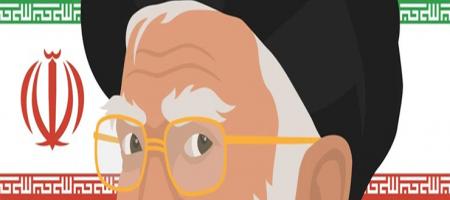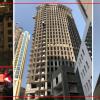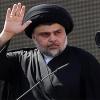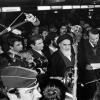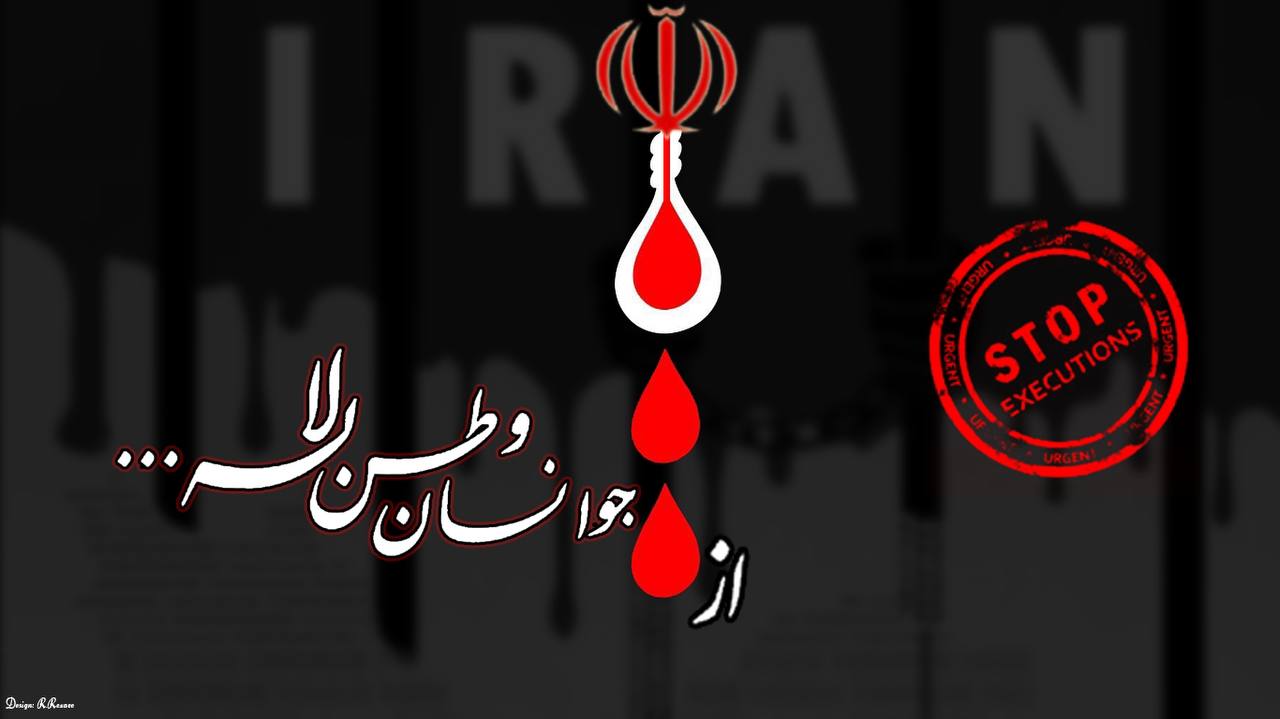
Reza Rezaee
The year 1987 marked a tragic and somber period in the history of Iran, as the country witnessed a series of mass executions that sent shockwaves throughout the nation and the international community. These executions, which targeted thousands of political prisoners, remain a controversial and deeply disturbing chapter in Iran's modern history. This article delves into the events surrounding the 1987 mass executions, their political and social context, and the lasting impact they have had on Iran and the world.
Political Landscape and Repression
In the 1980s, Iran was grappling with the aftermath of the Islamic Revolution of 1979 and the subsequent Iran-Iraq War (1980-1988). The country's political landscape was characterized by ideological polarization and a power struggle within the ruling establishment. The government, led by Ruhollah Khomeini, sought to consolidate its authority and eliminate any perceived threats to its Islamic ideology.
As part of this crackdown, opposition groups, including leftist organizations and members of the Mojahedin-e Khalq (MEK), were targeted for their perceived challenges to the regime's authority. Many of these individuals were arrested, imprisoned, and subjected to torture and mistreatment.
The 1987 Executions
The exact number of individuals executed in 1987 remains contested, but estimates suggest that thousands of political prisoners were killed during this period. The prisoners were accused of various crimes, often on charges of espionage, terrorism, or opposition to the Islamic Republic. Trials were often conducted in secret, with limited access to legal representation, and confessions were frequently obtained through coercion.
The mass executions took place across multiple prisons in Iran, with the largest number of deaths reported in Tehran's Evin Prison. Many of the executions were carried out in secret, and families of the victims were often not informed of their loved ones' fates.
International Reaction
News of the mass executions gradually reached international media outlets, sparking condemnation and outrage from human rights organizations and foreign governments. The executions were seen as a blatant violation of human rights and a suppression of political dissent. Calls for transparency, accountability, and an end to the violence echoed around the world.
Legacy and Impact
The 1987 mass executions have left a lasting impact on Iran's society and politics. The scars of this dark chapter continue to affect the families of the victims, who seek justice and recognition for their loved ones. The executions also served as a stark reminder of the lengths to which a government could go to silence dissent and maintain its grip on power.
The events of 1987 have been a source of ongoing controversy within Iran. While some segments of society have pushed for acknowledgment and accountability, others have downplayed or denied the extent of the executions. The issue remains a point of contention in Iranian politics and society.
The 1987 mass executions in Iran stand as a harrowing reminder of the consequences of unchecked power and political repression. The lives lost during this period deserve to be remembered, and their stories serve as a call for justice, transparency, and respect for human rights. As Iran moves forward, acknowledging and addressing this dark chapter in its history can contribute to a more open and just society, where the mistakes of the past are not forgotten.

